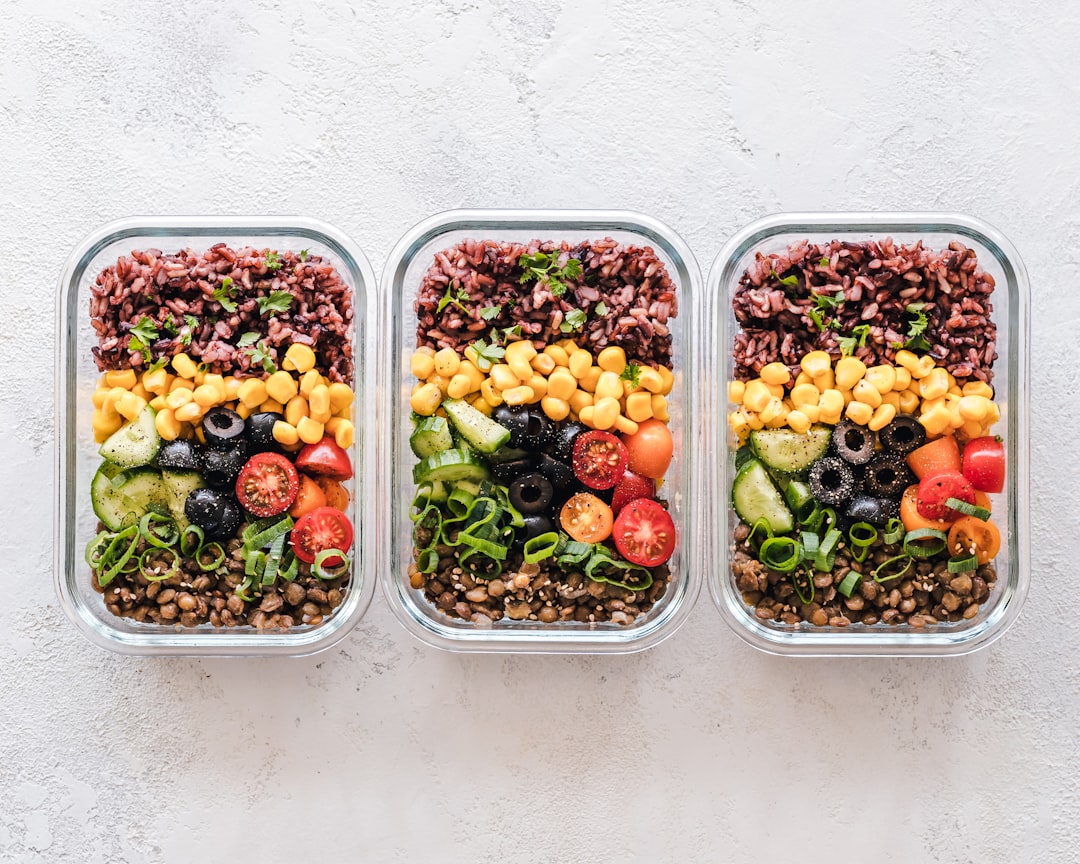Lectin-Free: The Ultimate Guide to Transforming Your Health and Wellness
Are you struggling with persistent digestive issues, inflammation, or low energy despite trying various diets? The lectin-free approach might be the missing piece in your health puzzle. Lectins are proteins found in many common foods that can potentially interfere with your digestive system and overall health. In this comprehensive guide, we’ll explore how adopting a lectin-free lifestyle could potentially revolutionize your wellbeing and provide you with practical steps to implement this change.
What Is a Lectin-Free Diet and Why It Matters
The lectin-free diet has gained significant attention following Dr. Steven Gundry’s book “The Plant Paradox.” This dietary approach focuses on eliminating or reducing foods high in lectins, which are plant proteins that can bind to carbohydrates and potentially cause digestive issues. However, the benefits of going lectin-free extend far beyond just improving digestion.
Lectins are found in many plant foods, particularly in grains, legumes, nightshade vegetables, and certain fruits. While these foods are often considered healthy, the lectins they contain may trigger inflammatory responses in some individuals. By reducing lectin consumption, many people report experiencing improved gut health, reduced inflammation, and increased energy levels.
Understanding Lectins and Their Impact on Your Body
Lectins serve as a natural defense mechanism for plants, protecting them from pests and predators. Unfortunately, these same protective compounds can sometimes cause problems in the human digestive system. When consumed, lectins may bind to the cells lining your gut, potentially damaging the intestinal wall and causing what some health experts refer to as “leaky gut.”
Additionally, because lectins can resist digestion, they sometimes enter the bloodstream intact, where they might trigger immune responses and inflammation. For individuals with existing autoimmune conditions or digestive sensitivities, reducing lectin intake could potentially alleviate symptoms and improve quality of life.

The Key Benefits of a Lectin-Free Diet for Optimal Health
Adopting a lectin-free approach to eating offers several potential health advantages. While individual results vary, many people report significant improvements in various aspects of their health after reducing lectins in their diet.
Improved Digestive Function and Comfort
One of the most immediate benefits many experience when going lectin-free is enhanced digestive comfort. Lectins can interfere with the absorption of nutrients and potentially damage the intestinal lining. By removing high-lectin foods, you may experience:
-
- Reduced bloating and gas
- Less abdominal discomfort
- More regular bowel movements
- Improved nutrient absorption
For those who have struggled with mysterious digestive issues for years, eliminating lectins could potentially provide relief where other approaches have failed.
Reduced Inflammation Throughout the Body
Inflammation is at the root of many chronic health conditions, from arthritis to heart disease. Some health experts believe that lectins can trigger inflammatory responses in susceptible individuals. Therefore, adopting a lectin-free diet might help reduce systemic inflammation.
Many people report improvements in joint pain, skin conditions, and even mood after reducing their lectin intake. This is particularly relevant for those with autoimmune conditions, as lectins may potentially exacerbate immune system dysfunction in some cases.
Enhanced Energy and Mental Clarity
When your digestive system functions optimally and inflammation decreases, you may experience a significant boost in energy levels and mental clarity. Many lectin-free diet followers report feeling more energetic and focused throughout the day.
This improvement may stem from better nutrient absorption, reduced energy expenditure on digesting problematic foods, and decreased inflammatory responses that can affect brain function.
How to Eat Lectin-Free: Practical Implementation Guide
Transitioning to a lectin-free lifestyle doesn’t have to be overwhelming. With some planning and knowledge, you can make this dietary change sustainable and enjoyable.
Step 1: Identify and Eliminate High-Lectin Foods
The first step in adopting a lectin-free diet is identifying which foods contain high levels of lectins. The primary culprits include:
-
- Grains (especially wheat, corn, and rice)
- Legumes (beans, lentils, peanuts)
- Nightshade vegetables (tomatoes, eggplants, peppers, potatoes)
- Dairy products from A1 casein-producing cows
- Seeds (especially chia, pumpkin, and sunflower)
- Certain fruits, particularly those with seeds and peels
Start by gradually reducing these foods in your diet while increasing your intake of lectin-free alternatives.
Step 2: Embrace Lectin-Free Food Options
Fortunately, many delicious and nutritious foods are naturally low in or free from lectins. Focus on incorporating these into your meals:
-
- Leafy greens (spinach, kale, collard greens)
- Cruciferous vegetables (broccoli, cauliflower, Brussels sprouts)
- Pasture-raised meats and poultry
- Wild-caught fish
- A2 dairy (from sheep, goats, or A2 cows)
- Certain fruits (berries, avocados, coconuts)
- Healthy fats (olive oil, avocado oil, coconut oil)
By centering your diet around these foods, you’ll not only reduce lectin intake but also increase your consumption of essential nutrients.
Step 3: Proper Preparation Methods to Reduce Lectins
If you’re not ready to completely eliminate lectin-containing foods, you can significantly reduce their lectin content through proper preparation methods:
-
- Pressure cooking legumes and grains
- Fermenting foods
- Soaking nuts and seeds
- Peeling and deseeding fruits and vegetables
- Sprouting grains and legumes
These traditional food preparation techniques have been used for centuries to make foods more digestible and nutritious.
Prepare sustainable lectin-free meals to maintain a healthy diet. Photo by Ella Olsson on Unsplash
Creating a Sustainable Lectin-Free Meal Plan
Maintaining a lectin-free lifestyle requires planning and creativity. Here’s a simple framework to help you create satisfying meals:
1. Build your plate around pasture-raised proteins or wild-caught fish
2. Add abundant leafy greens and cruciferous vegetables
3. Include healthy fats for satiety and nutrition
4. Supplement with small amounts of lectin-free starches like sweet potatoes or cassava
5. Season with herbs, spices, and lectin-free condiments
This approach ensures you’re getting a balance of nutrients while avoiding lectins. Additionally, consider batch cooking lectin-free meals to have healthy options readily available throughout the week.
The Lectin-Free Journey: What to Expect
As with any dietary change, transitioning to a lectin-free lifestyle is a personal journey. Some people notice improvements within days, while others may take weeks to experience benefits. Additionally, you may go through an adjustment period as your body adapts to new foods.
It’s important to listen to your body and possibly work with a healthcare provider, especially if you have existing health conditions. Remember that the lectin-free approach isn’t necessarily about permanent, strict elimination—many people find their own balance, perhaps reintroducing certain foods after a healing period or using preparation methods to reduce lectin content.
Conclusion
The lectin-free approach offers a promising path for those seeking to optimize their health through dietary choices. By focusing on nutrient-dense, lectin-free foods like leafy greens, cruciferous vegetables, and quality proteins, you may experience improvements in digestion, inflammation levels, and overall vitality.
As with any lifestyle change, the key is to start gradually, listen to your body’s responses, and find the specific approach that works best for your unique needs. Whether you choose to fully embrace the lectin-free lifestyle or simply reduce high-lectin foods, paying attention to how lectins affect your health could be a valuable step toward your wellness goals.
What lectin-containing food do you think would be most difficult for you to give up? Share your thoughts in the comments below!


